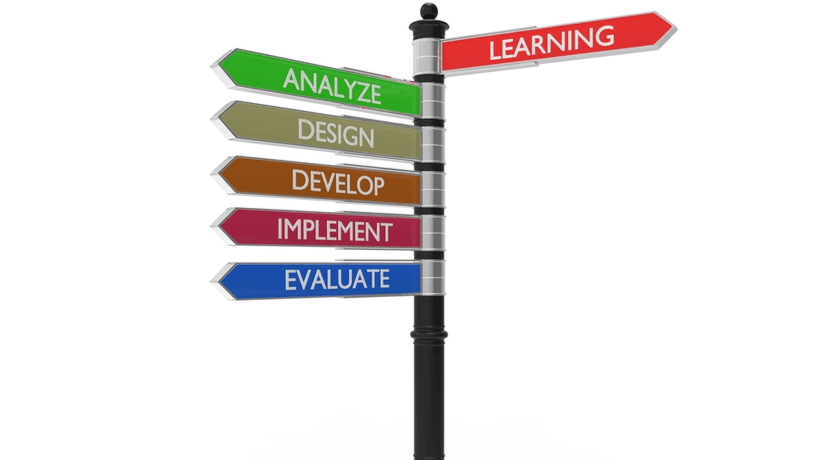Deskless Workers Represent 80% Of The Workforce
Instituting technology change in any organization is hard, but technology change, especially for mobile technology, is not just happening with knowledge workers. Also included are the millions of frontline and deskless workers that keep our economy running. One of the many reasons this is so complicated is that there are many elements involved in introducing new technology—and potentially new work processes—into an organization.
One frequently overlooked element is user adoption, which is critical for organizations and can be particularly difficult for a frontline workforce. Traditionally, most learning, training, and onboarding programs are built for desktops, but this doesn’t help the nearly 80% of the workforce that is deskless and would benefit much more from using mobile technologies.
The question then is how you can ensure adoption. Truly successful user adoption requires a change in management approach across the entirety of the mobile adoption lifecycle. Mobile adoption is not a “set it and forget it” process, it must be carried out far past the initial training. So what is a mobile adoption lifecycle? It is a concept that considers everything that impacts user adoption—from before you launch new technology through maintaining consistent engagement and usage once it’s been deployed.
Five Phases Of The Lifecycle
This lifecycle can be broken down into five phases, beginning with the pre-launch phase, when organizations have the greatest opportunity to set employees up for success by helping them gain the most proficiency possible before the new technology is rolled out. The objective in this phase of the lifecycle is to make sure users understand the technology and why you’re introducing it, what it means for them, and how they can use it. Pre-launch is a critical phase for achieving buy-in.
Once the new technology is launched, you move to the post-launch phase and focus on heading off any potential problems by providing ongoing support. At this point, it may have been weeks or even months since the initial training, so the amount of information the users have retained may not be what it was right after the training. You could also be at a point where they encounter situations and app transactions that they don’t regularly face. This is the “edge case” problem. Having on-demand access to learning content through technologies like mobile digital adoption platforms can play a critical role in providing workers with the information they need when they need it to avoid making mistakes in the field.
An often forgotten step when deploying new mobile technologies is the employee onboarding phase. Once the initial employees have been trained on new mobile technology, the lifecycle does not end. In the U.S., approximately 4 million employees quit their job each month, according to the Job Openings and Labor Turnover Survey (JOLTS). With such a high rate of turnover, it is not a far stretch to presume onboarding new employees is now becoming a regular, if not a continual, occurrence within many organizations. Much like your initial deployment phase, you need to effectively communicate and train your new hires and get them up to speed quickly on the technologies they need to do their jobs. In fact, 42% of new employees take six months or longer to add value at work, according to a 451 Research report, so the more prepared you are for onboarding, the better the outcome for everyone.
The next phase in the mobile adoption lifecycle goes hand in hand with employee onboarding: keeping employees up-to-date. In this phase, you need to ensure that employees are current with all changes in their applications, to make sure they are aware of new workflows and can use new features before they are launched. There is a reason most technologies have many versions and iterations—nothing is perfect when launched and improvements can always be made. So as updates are implemented, workflows and functionality will change. Training needs to be updated accordingly.
Finally, the last phase to consider in the mobile adoption lifecycle is sustaining good habits by quickly identifying and correcting bad ones. In an ideal situation, if you have strategized, planned, and held yourself accountable in the lifecycle phases when rolling out new technologies, good habits will have formed. Yet, in reality, bad habits may have developed as well. The key is to identify bad habits early and recover from them quickly by enforcing good behaviors with consistent learning over time.
Conclusion
Over the past year and a half, organizations across all industries have made significant technology advancements to increase efficiencies in an attempt to keep up with growing consumer demands and stay ahead of challenges brought on by labor shortages. These improvements bring with them the need to keep employees continuously updated with the training programs they are taking part in. By keeping the mobile adoption lifecycle in mind, organizations can put their best foot forward in ensuring engagement and adoption.









